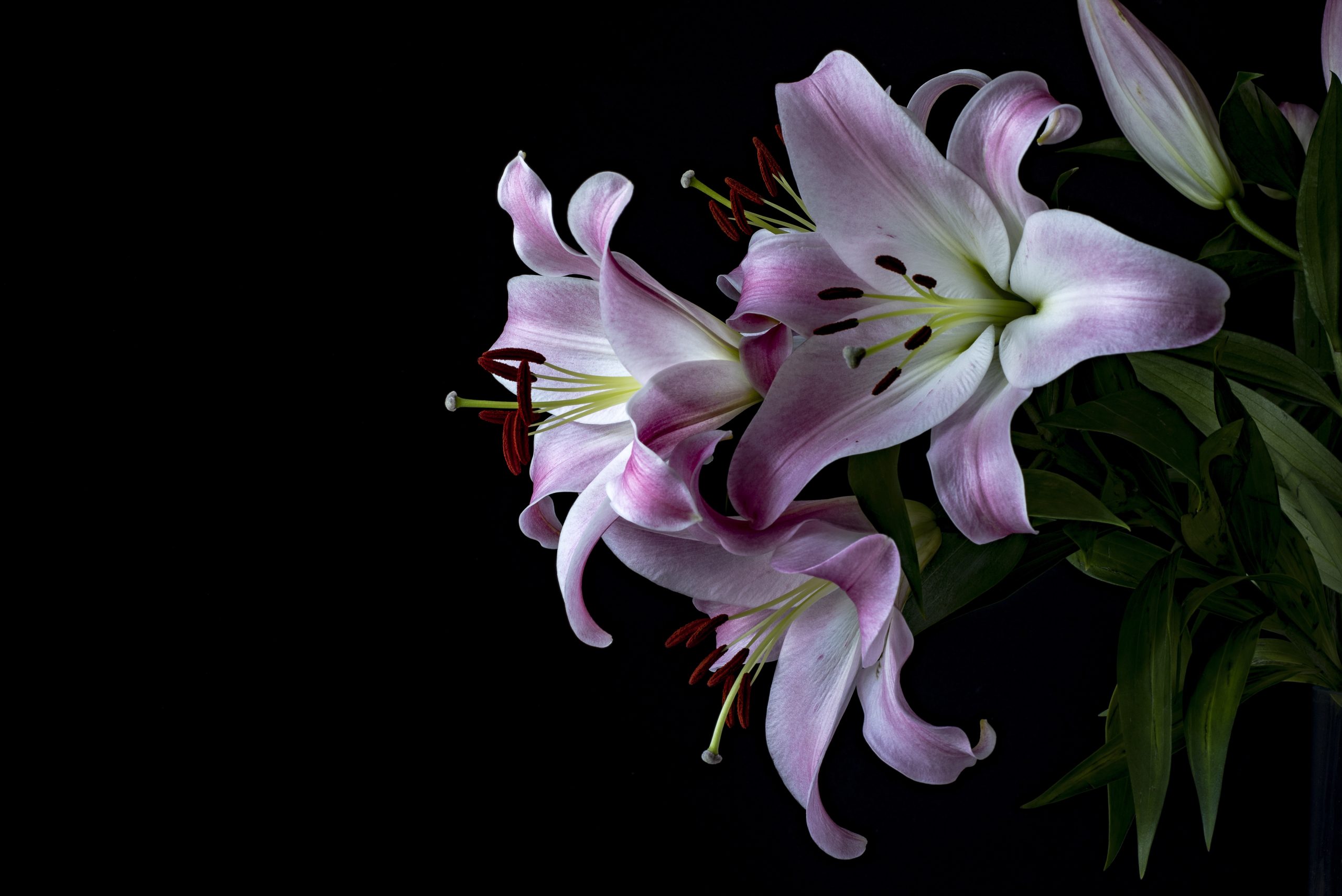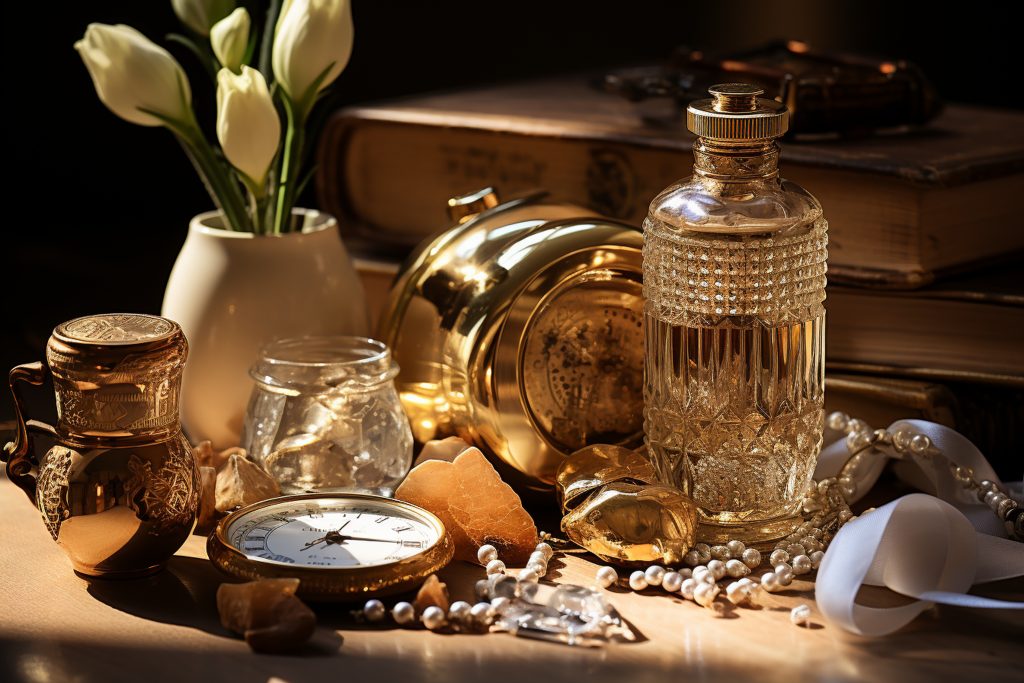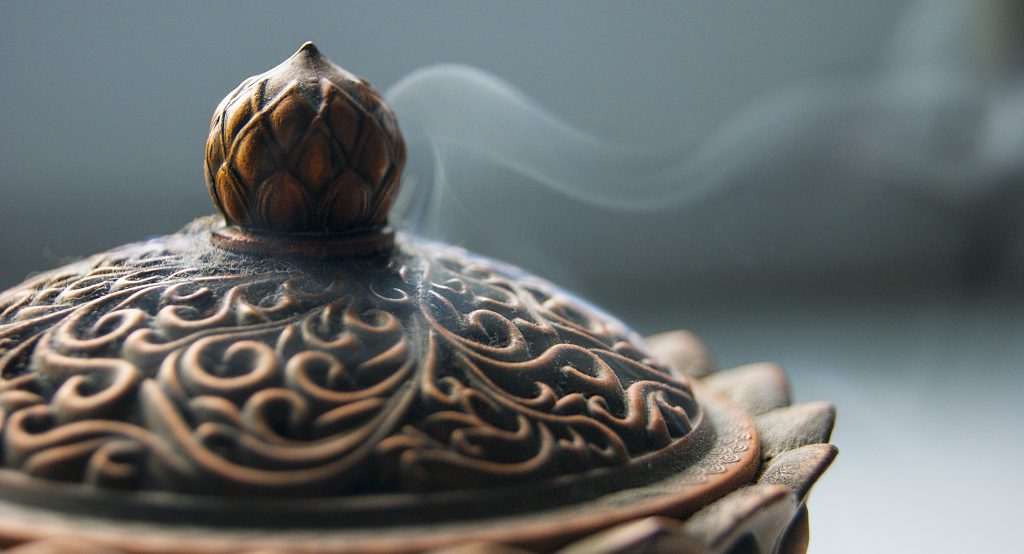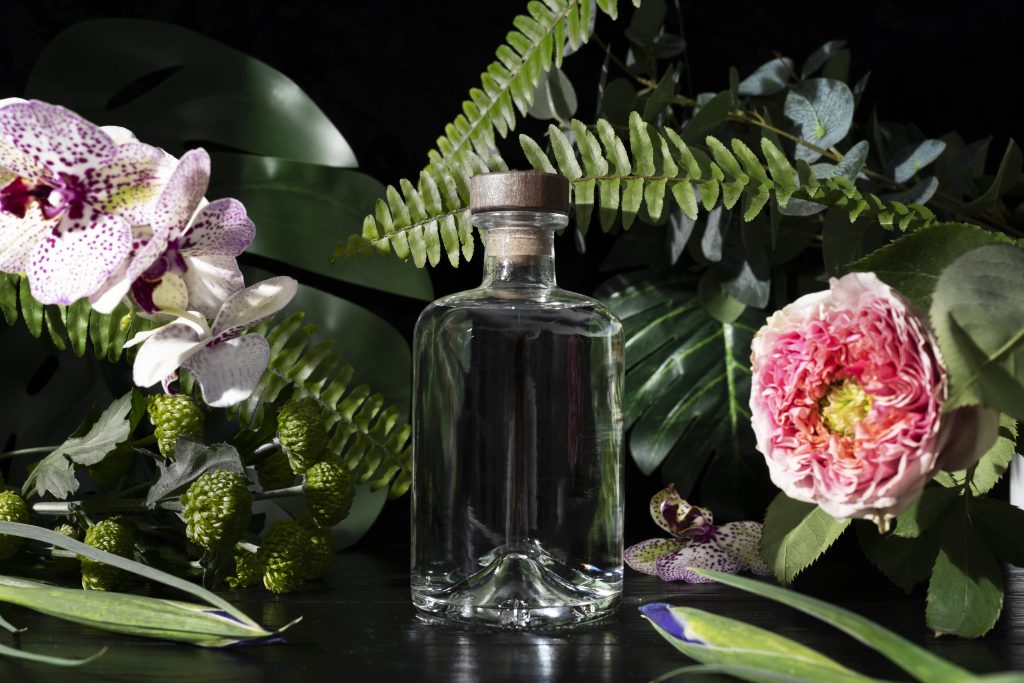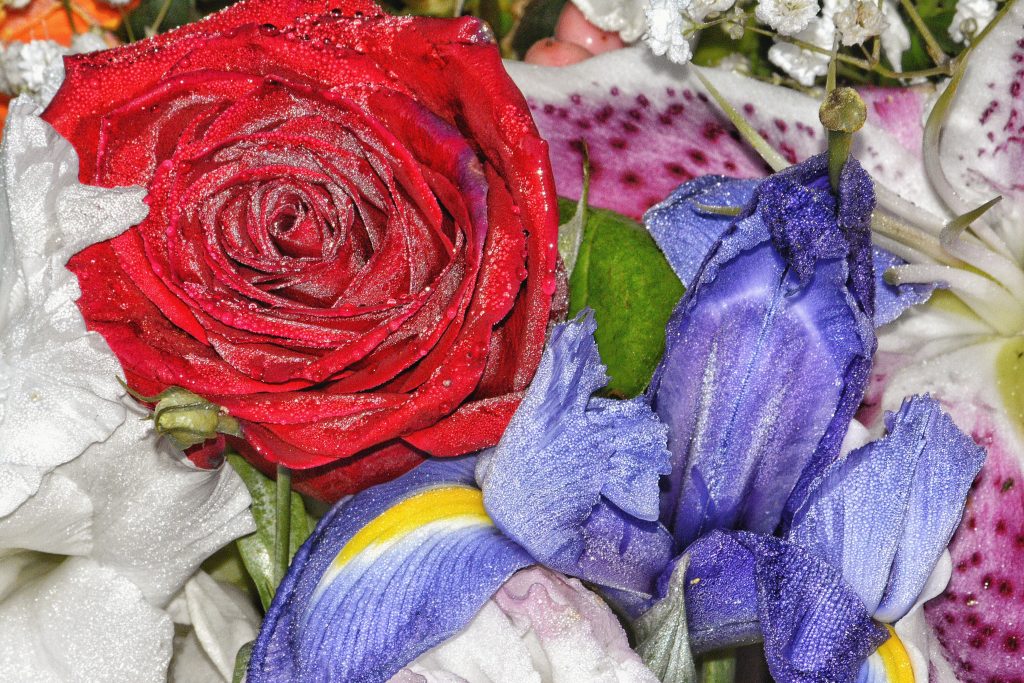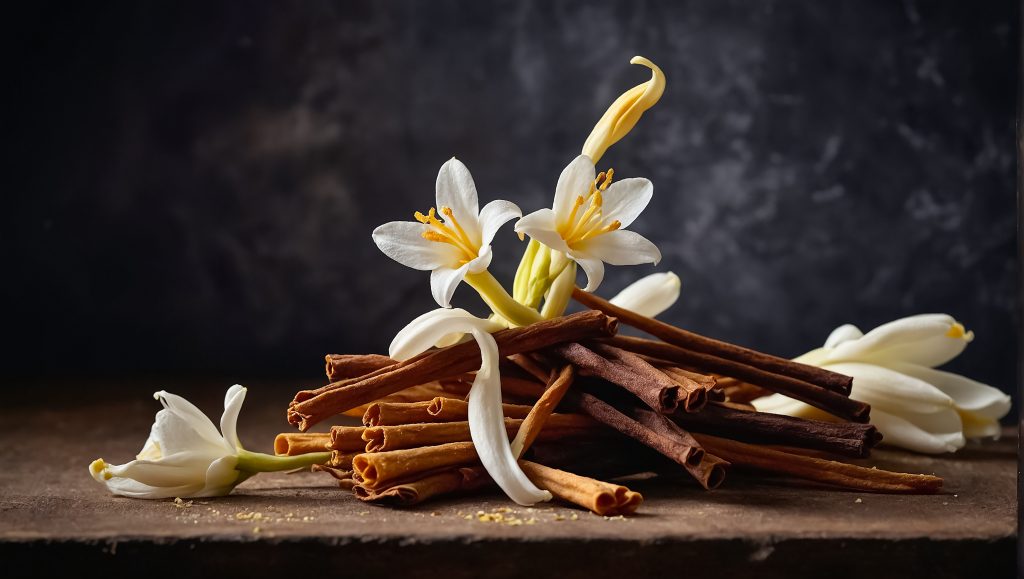Perfume has long been a symbol of elegance, personality, and artistry. Among the countless notes that perfumers use to craft memorable scents, lily of the valley stands out as one of the most captivating and delicate. Its unique aroma has enchanted fragrance lovers for centuries, making it a staple in many classic and contemporary perfume compositions. In this article, we explore the fascinating role of lily of the valley in perfume, its history, characteristics, and why it continues to be a favorite among perfumers and wearers alike.
The Significance of Lily of the Valley in Perfume Composition
When discussing perfume, it’s impossible not to mention how certain floral notes define a fragrance’s character. Lily of the valley is renowned for its fresh, sweet, and slightly green aroma that evokes springtime renewal. Its presence in perfume compositions often signifies purity, innocence, and elegance. Because of its subtle yet distinctive scent profile, lily of the valley has become an essential ingredient for perfumers aiming to create light, airy fragrances with a touch of sophistication.
The perfume industry values lily of the valley not only for its aromatic qualities but also for its versatility. It blends beautifully with other floral notes like rose or jasmine and pairs well with citrus or woody accords. This adaptability makes it a favorite choice for designing both feminine and unisex perfumes.
The History and Cultural Significance of Lily of the Valley in Perfume
Lily of the valley has a rich history rooted in European tradition. Historically, it was associated with humility and happiness. In France, for example, it is customary to give sprigs of lily of the valley on May 1st as a symbol of good luck — a tradition that dates back centuries. This cultural significance has influenced its use in perfumery as well.
In the 19th century, perfumers began to incorporate lily of the valley into their creations more deliberately. Its delicate scent became emblematic of springtime freshness and innocence. Over time, many iconic perfumes have featured this note prominently or as part of complex floral bouquets.
Today, lily of the valley remains one of the most sought-after floral notes in perfume design because it captures an ephemeral beauty — transient yet unforgettable — much like fleeting moments in life.
Characteristics and Olfactory Profile of Lily of the Valley
Understanding what makes lily of the valley so special requires examining its olfactory profile closely. The scent is characterized by:
- Freshness: A crisp green aroma reminiscent of newly cut grass or dewy leaves.
- Sweetness: A subtle honeyed undertone that adds warmth without overpowering.
- Floral Elegance: A light floral note that is both delicate and uplifting.
- Green Notes: Slightly herbaceous hints that evoke spring growth.
- Powdery Finish: Some compositions add a soft powdery aspect to enhance its gentle nature.
This combination results in a scent that feels both invigorating and soothing — perfect for creating fragrances that evoke feelings of renewal and purity.
How Perfumers Use Lily of the Valley in Creating Iconic Fragrances
Perfumers often utilize lily of the valley as a core component or as part of complex floral blends. Because it blends well with other notes, it serves as an excellent bridge between different scent families.
Blending with Citrus Notes
Lily of the valley pairs beautifully with citrus elements like bergamot or lemon. These combinations produce fresh fragrances ideal for daytime wear or summer scents.
Combining with Other Florals
It complements roses, jasmine, or peony perfectly. For example, many classic chypre or floral bouquets feature lily of the valley to add brightness and elegance.
Enhancing Green Accords
Its green aspects can be accentuated by adding herbs like mint or basil to create lively compositions that evoke outdoor freshness.
Creating Signature Scents
Some perfumers develop signature fragrances centered around lily of the valley because its subtlety allows for layering with other ingredients without overwhelming them.
Use in Limited Editions
Lily of the valley is also popular in limited-edition releases where exclusivity and delicacy are desired qualities.
Iconic Perfumes Featuring Lily Of The Valley
Throughout history, numerous perfumes have celebrated this floral note:
- Chanel No. 19: Incorporates lily of the valley alongside other green florals.
- Diorissimo by Christian Dior: One of the most famous perfumes dedicated entirely to lily-of-the-valley.
- Yves Saint Laurent’s Belle d’Opium: Features this note subtly within its complex composition.
- Guerlain’s Muguet: Named after “muguet,” French for lily-of-the-valley; embodies pure elegance.
- Jo Malone’s Lily Of The Valley & Ivy: A modern interpretation emphasizing freshness and simplicity.
These fragrances demonstrate how versatile lily-of-the-valley can be—ranging from fresh and clean to deeply romantic scents.
The Challenges and Considerations When Using Lily Of The Valley in Perfume
Despite its popularity, working with lily-of-the-valley presents certain challenges:
- Synthetic vs. Natural: Natural extracts are rare due to cultivation difficulties; most perfumes use synthetic versions which can sometimes lack depth.
- Volatility: Its scent can fade quickly if not balanced properly within a composition.
- Allergies: Some individuals may be sensitive to certain floral ingredients; thus, formulation must consider hypoallergenic options.
Perfumers must skillfully balance these factors to ensure longevity while maintaining authenticity.
The Future Role Of Lily Of The Valley In Perfume Industry
As consumers increasingly seek natural ingredients and sustainable practices, there is growing interest in cultivating real lily-of-the-valley extracts responsibly. Additionally, innovations in synthetic chemistry continue to enhance how this note is used — allowing for more durable yet authentic scents.
Furthermore, emerging trends favor minimalist fragrances where lily-of-the-valley’s purity shines through without overwhelming other notes. This suggests that its role will remain vital in creating fresh, clean scents aligned with modern preferences.
How To Incorporate Lily Of The Valley Into Your Fragrance Collection
For fragrance enthusiasts looking to explore this enchanting note:
- Start with perfumes where lily-of-the-valley is prominent — such as Diorissimo or Jo Malone’s offering.
- Consider layering lighter floral scents with green accords for a personalized touch.
- Look into niche brands experimenting with natural extracts if you prefer authentic ingredients.
Remember that scent perception varies from person to person; therefore, testing different formulations helps find your perfect match.
Conclusion: Why Lily Of The Valley Continues To Enchant Perfume Lovers
In conclusion, lily-of-the-valley remains one of the most beloved floral notes within perfume due to its delicate beauty and versatility. Its ability to evoke feelings associated with springtime renewal makes it timeless across generations. Whether featured prominently or subtly woven into complex compositions, this flower continues to inspire perfumers worldwide.
The amazing qualities inherent in lily-of-the-valley ensure it will remain an essential element within perfume creation — an enduring symbol of freshness and elegance that captures fleeting moments perfectly. As long as there are passionate creators dedicated to exploring nature’s aromatic treasures, this enchanting flower will continue shining brightly on fragrance shelves around the world.

